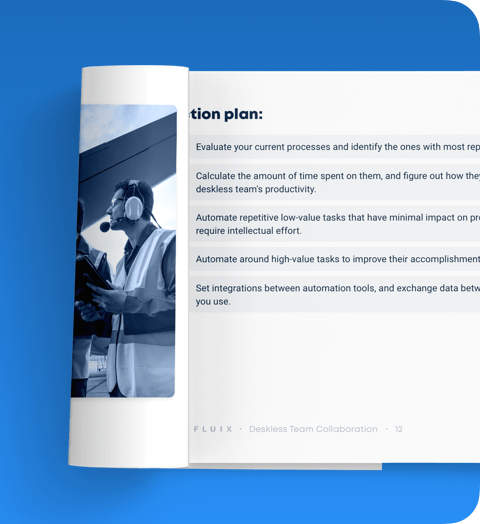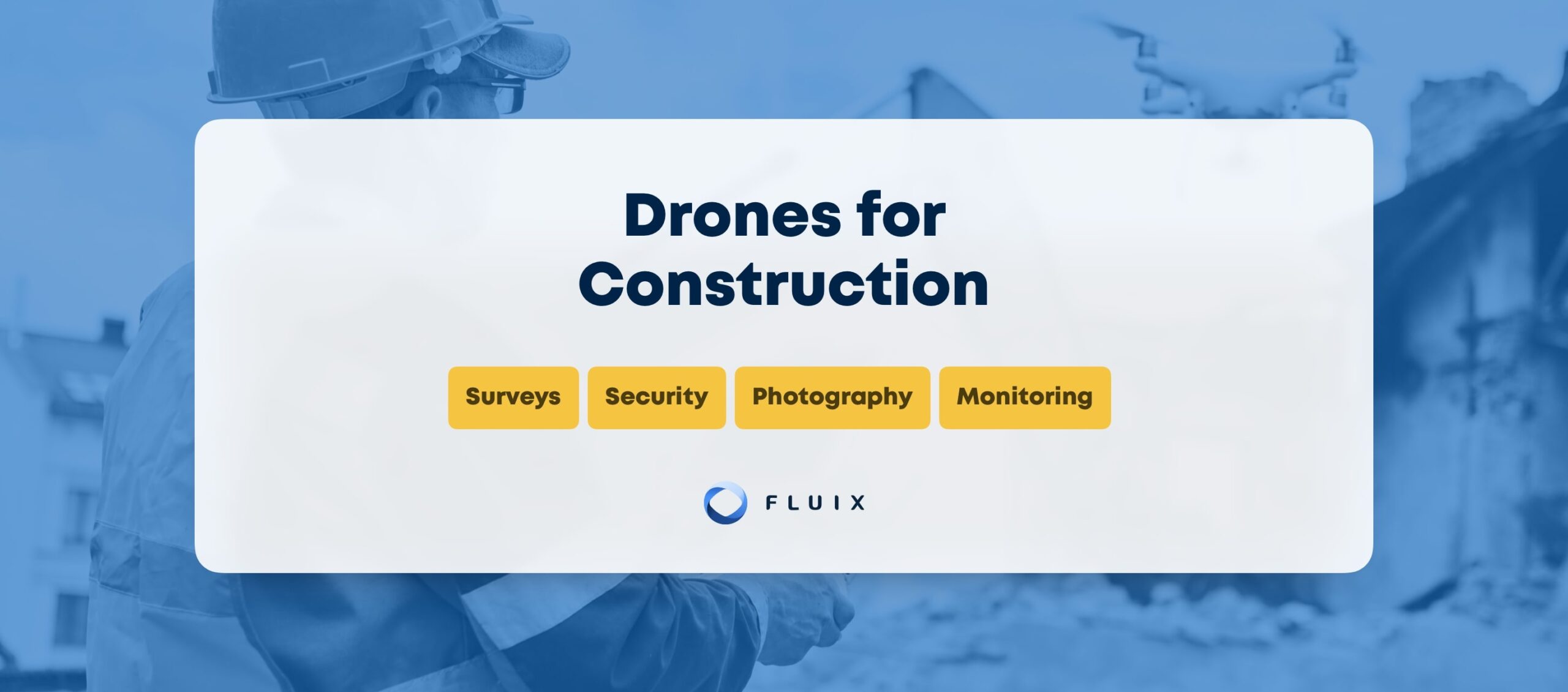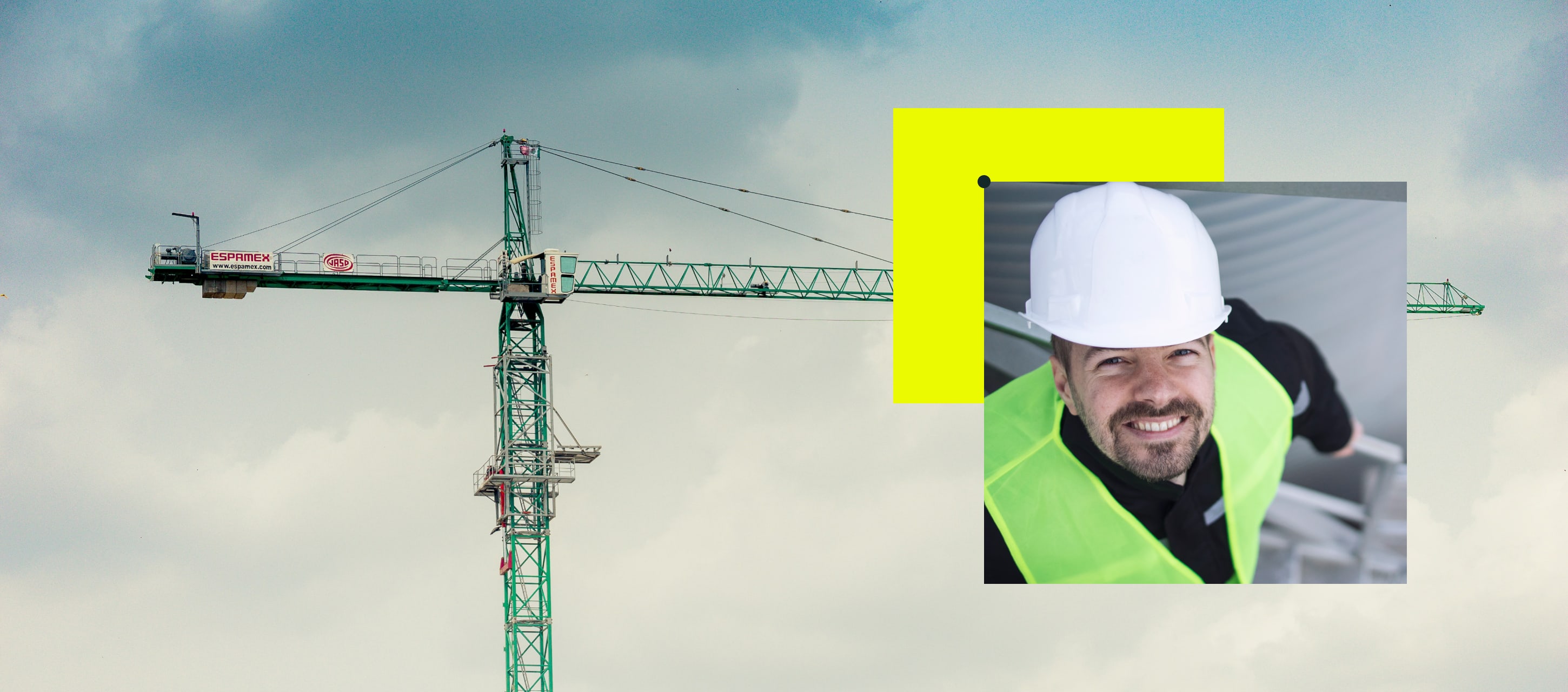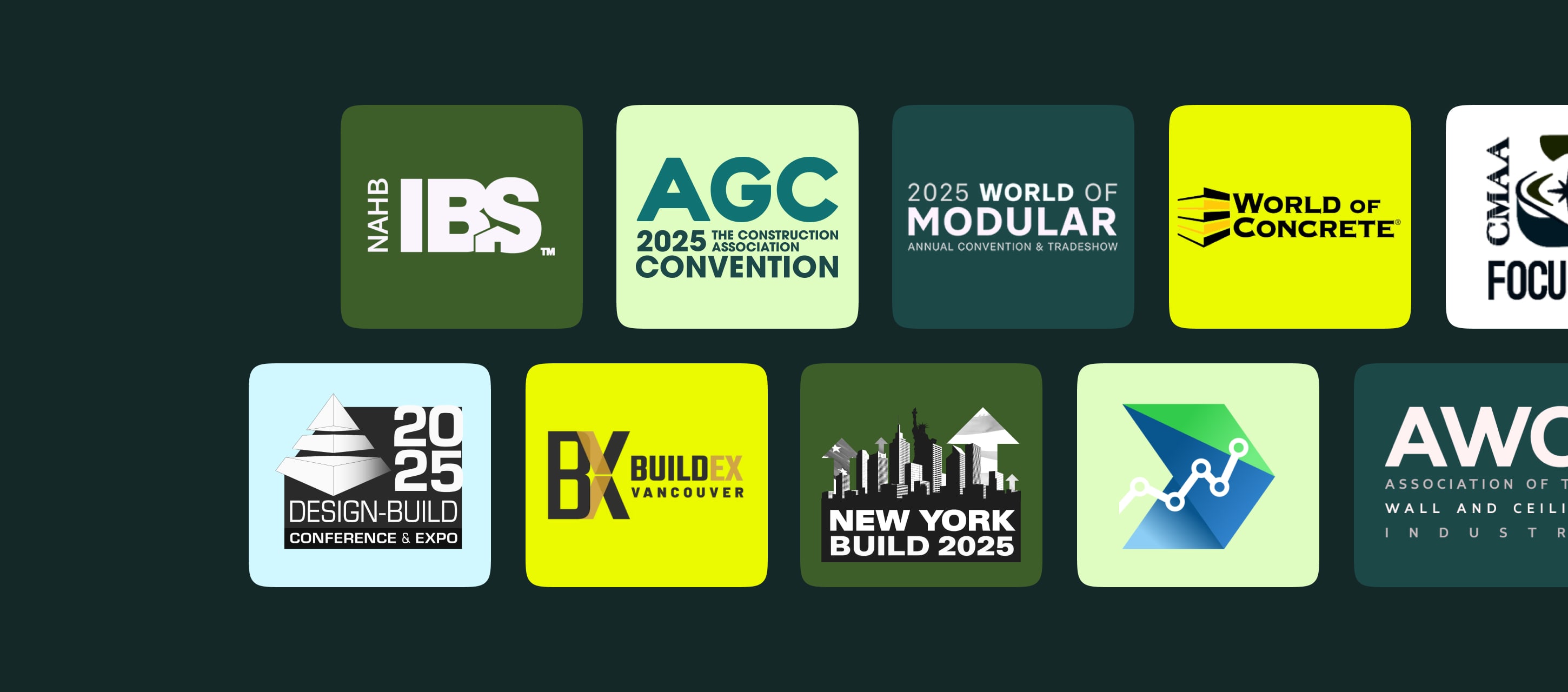While just about every industry has its own “tools of the trade,” the construction industry has a special relationship with tools and other implements needed to get the job done. From a basic hammer and nail used to join two pieces of lumber to large machines such as cranes and loaders, tools are an essential part of construction.
There’s no project that can be successfully built and delivered without the right tools. The construction field productivity software enables construction crews to build projects in accordance with contract documents and expectations of quality and performance.
Advances in technology have always propelled the construction industry forward. While hand tools have been in use for eons, power tools have enabled builders to complete projects faster, improving productivity, profitability, and opportunity for contractors at every level. Unmanned aerial vehicles or drones are aircraft that lack human pilots.
Drone technology was originally developed for military use, going as far back as 1849! Since then, drones have been used in other applications, including delivery, agriculture, forestry, law enforcement, and construction. How are drones used in construction? Let’s explore some of the benefits of using drones in construction.
1. Pre-Construction and Initial Site Surveys
Most facility and infrastructure construction projects start off with architectural and civil plans. Those plans start with a survey of the site that involves the development of topographic maps, especially for large, complex projects. These maps display information about the terrain, including ground elevations and features that inform how these structures will be designed and built.
Creating and updating topographic maps are expensive and time-consuming activities. Drones can map large areas of land, saving on the time it takes to gather information needed to develop topographic maps and visualizations for modeling.
In many construction contracts, the contractor is responsible for returning a site to its original conditions. It behooves the contractor to conduct a site survey before the work has started to document site conditions. A construction UAV can take high-resolution images of the area, providing photographic documentation of site conditions.
This pre-construction survey can also help a contractor develop bids that are more accurate, saving money and avoiding project delays. A project manager can check to see if site conditions match what the plans indicate. For example, drone photos may reveal that several utility conflicts have not been accounted for in the plans, requiring additional work before the project can start.
Best Practices for Deskless Collaboration in Construction
- A guide & action plans
- 5 templates
- 10 tools
- 25 evaluation questions


2. Construction Inspection and Project Monitoring
One of the most valuable benefits of using drones in construction is in the inspection and monitoring of project progress. Project management is crucial in the successful completion of jobs big and small. Observing the work of field crews is not only important to construction leaders but also to owners, owners’ consultants, and third-party stakeholders.
Traditional construction inspection usually involves one or more personnel overseeing fieldwork in person. For elements in locations that require fall protection and other safety measures, drone construction inspection provides the same level of scrutiny but is safer and often less expensive. Drones also enable remote observation of site progress, which is important for complex, multi-year global construction programs.
3. Boosted Productivity and Accountability
Developing project schedules and look-ahead schedules is an important part of planning, bidding, and forecasting. Labor hours and productivity rates are used to estimate the time and cost it takes to complete activities as well as projects overall. If project progress is not matching up with expectations, a construction UAV helps senior management observe site issues that affect productivity and accountability.
Tracking and certification of manhours are also critical to record keeping, accounting, and payroll. This is especially true for overtime work, which is usually charged a higher rate. For companies that provide oversight and verification, drones can help confirm that the work was done in the right place, at the right time, and by the right people.
4. Equipment Management and Tracking
Construction project managers, project engineers, and superintendents have to keep track of several elements of their projects. Besides project performance and labor, keeping track of equipment is also critical. When work is being added to the contract through a change order, there are usually different charge rates for equipment in use, idling equipment, and equipment on standby.
UAVs can help with project oversight, cost negotiation, and verification of tools and machines. Drones can also help construction leaders communicate with equipment owners and service staff about malfunctions and breakdowns, both of which can lead to project delays and added costs.
5. Improved Safety Management and Coordination
Safety management improvements may be the most important benefits of using drones in construction. Active work zones present some of the most hazardous conditions for site personnel. We’ve mentioned power tools and heavy machinery, but there are also confined spaces, ladders, scaffolding, trenches, and other safety concerns to deal with.
Having proactive safety management plans is a best practice in this industry, and drones provide an efficient and cost-effective way to monitor construction safety. A safety officer or coordinator can use UAVs to check remote sites for ongoing and potential problems. An independent auditor can conduct OSHA drone inspections. Drones can go to hard-to-reach areas, capturing real-time information without the risk to health and safety.
6. Site Security and Surveillance
Most construction operations aren’t continuous. Shifts come to an end and crew members go home, leaving sites containing expensive equipment, tools, and building materials, both installed and uninstalled. The National Equipment Register reports that approximately $1 billion worth of items is stolen from job sites annually. In addition to the cost of stolen items, project theft also negatively impacts schedule and budget performance thanks to lost time.
A construction company or security company can use drones to provide site surveillance. The location of tools and materials can be verified remotely. These drones can be used to identify trespassers and unauthorized activity on a project.
7. Construction Marketing and Lifecycle Operations
Photography is one of the best benefits of using drones in construction. This is true for every phase of the project, including the post-construction phase. For contractors and other operators in the AEC industry, high-quality images of completed projects are critical for marketing and sales.
Practitioners often have to provide qualifications, demonstrating that they have the knowledge and experience for future contracts. Instead of paying a helicopter pilot and photographer to capture aerial photos, you can save money and time, and mitigate the risks of human operations with drones.
Drone construction inspection is shown to be valuable to ongoing projects. This functionality is also useful for lifecycle operations, which includes maintenance. Operators can use UAVs to observe and document processes, check for errors, and plan for maintenance.
Integrated project delivery is an approach that groups design, construction, and operations management as part of a single effort, instead of separate bids for each phase. Drone technology can be budgeted and integrated for the lifecycle of a project, improving documentation and asset management.
Fluix and Construction UAV Implementation
Fluix is a powerful yet lightweight platform that provides several benefits to contractors and construction professionals. It is a code-free, scalable platform that provides several features that are advantageous to project management and execution, including:
- Workflow automation
- Electronic signing
- Template creation
- Forms completion
- Data reporting
- Database integration
You can use Fluix to support any activity related to site inspections, auditing, project reporting, document control, quality assurance and control, and safety. This includes information collected using drone technology. This platform doesn’t require the use of proprietary operating systems and can be scaled up or down according to the needs of your project or program.
Fluix is optimized for use with mobile devices such as smartphones, tablets, and laptops. Harness the power of Fluix to take advantage of the benefits of using drones in construction. Start a free, no-obligation trial for 14 days today. You don’t need a credit card to see how the power of Fluix benefits your business.






